Sebastian, Flounder, Scuttle and more: Discover their real-life counterparts
- Wednesday 10th January 2024
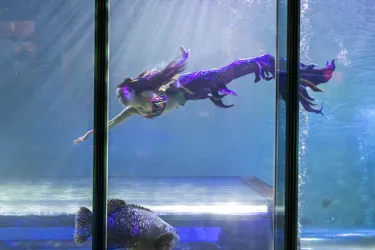
Meet the real marine creatures from "The Little Mermaid"
Disney’s "The Little Mermaid" has charmed audiences for decades with its captivating underwater world and unforgettable characters. But have you ever wondered if the characters in the movie have real-life counterparts? Dive into the depths of the ocean as we reveal the incredible real marine creatures that inspired your favourite characters.
Is Sebastian a lobster or a crab?
Sebastian is a fictional character who appears in Disney’s "The Little Mermaid", who serves as the court composer for King Triton's orchestra in the underwater kingdom of Atlantica, but one question remains, is Sebastian a lobster or a crab? Well, he is in fact, a red Jamaican crab.
Known for their striking colouration from bright red to orange or even purple, red Jamaican crabs vibrant appearance helps them to blend in with the colourful environments they inhabit, including mangrove forests and coastlines. Their agility, speed, and sharp claws, allow them to move effortlessly through the challenging terrain within their habitats.
Red Jamaican crabs are herbivores and feed on a variety of plant species, including leaves, fruits, and algae; this diet helps to control vegetation, playing a crucial role in supporting their ecosystem.
Habitat destruction and pollution can pose significant threats to the red Jamaican crab population, as it relies on coastal areas for both food and shelter.
Overall, the red Jamaican crab is a fascinating and ecologically important species in coastal environments.
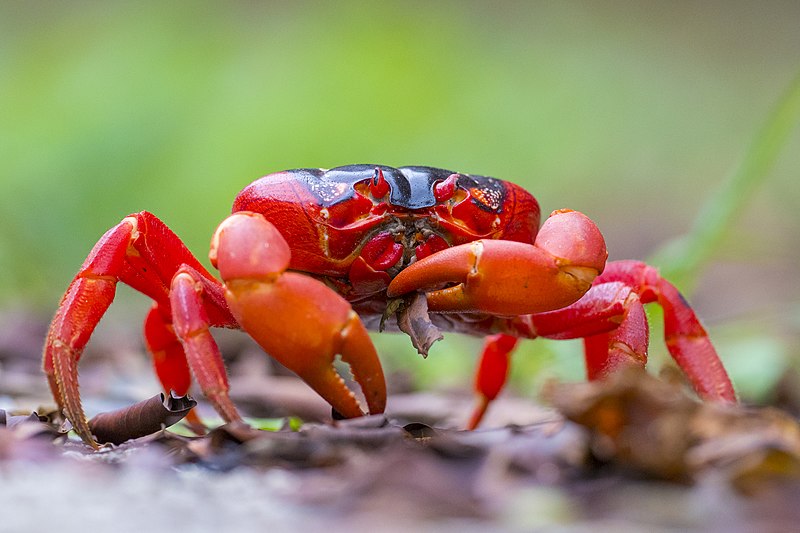
Flounder
In “The Little Mermaid”, Flounder is depicted as a bright yellow and blue tropical fish with a round body, however in reality, flounder are a type of fish with a vastly different appearance.
They are a type of flatfish that belongs to the family Pleuronectidae, with a flat, diamond-shaped body with both eyes located on one side of their body. They are masters of camouflage and have a speckled appearance, which helps them hide from predators and ambush prey in their natural habitat on the ocean floor.
In the context of the animated movie, Flounder's design is likely a creative choice made to make the character visually appealing and relatable to the audience. While the character may not be a biologically accurate representation of a flounder, he has become an iconic and beloved character in Disney's storytelling.
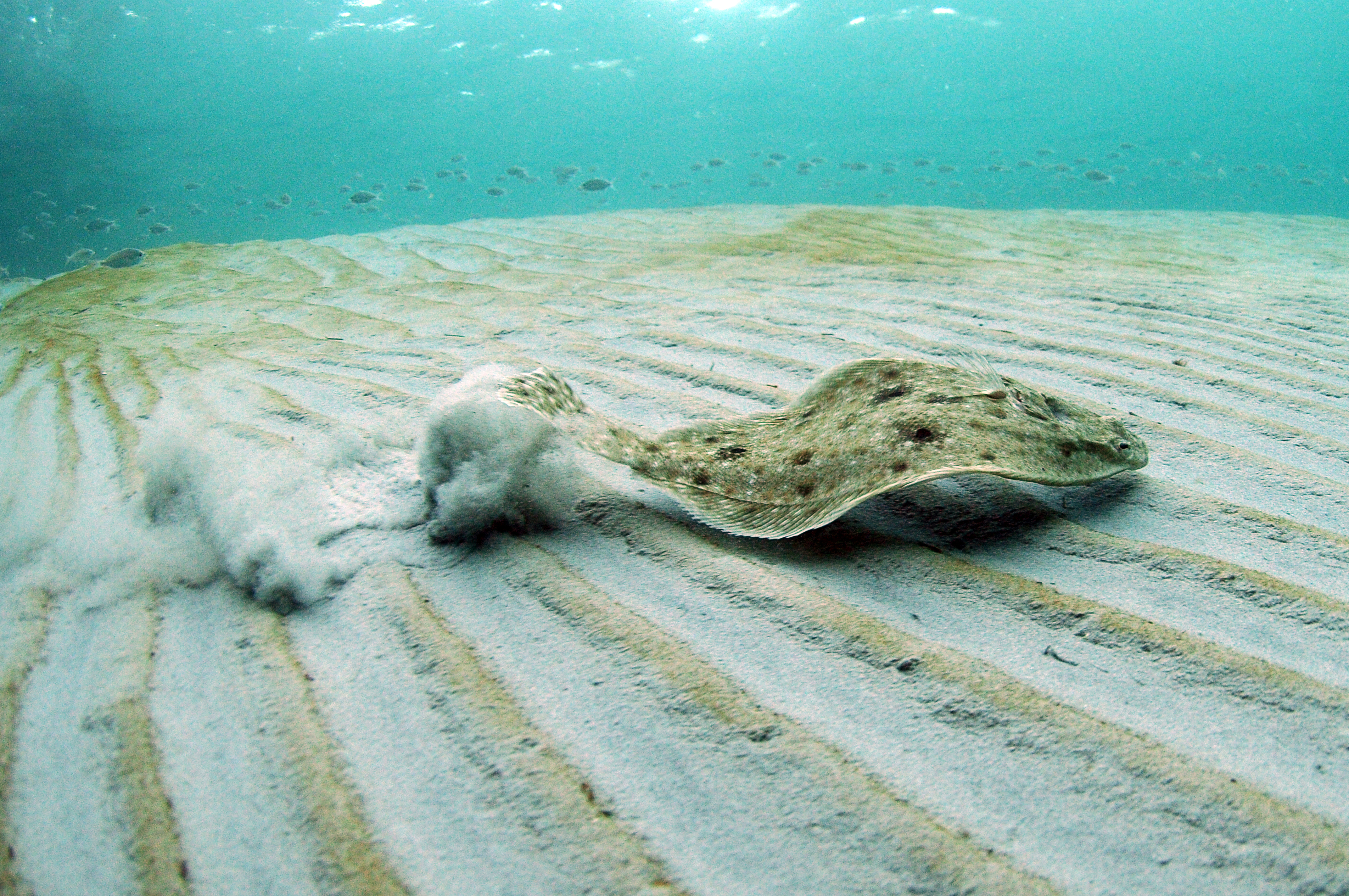
Scuttle
Scuttle is known for his quirky personality, amusing antics, and his attempts to provide Ariel, with information about human objects and culture. Scuttle is portrayed as a benevolent but often misguided bird who hilariously misinterprets the human world.
In real life, seagulls are a diverse group of coastal birds found worldwide that belong to the family Laridae, to which there are over 50 different species. They are well-adapted to coastal environments and are commonly found near beaches, harbours, and coastal cliffs. They have webbed feet for swimming and a strong beak for capturing a wide range of food.
In fact, they are opportunistic feeders and have a varied diet that includes fish, small marine invertebrates, crustaceans, insects, and even scavenging for human food scraps. They are known for their ability to snatch food from picnics, garbage cans and even from the hands of people!
Seagulls are also known for their vocalisations, which vary between species. They use calls and body language to communicate with one another and establish territories.
They typically build nests on the ground or on cliffs near their breeding colonies. They engage in complex courtship displays, and both males and females share in the incubation and care of their young.
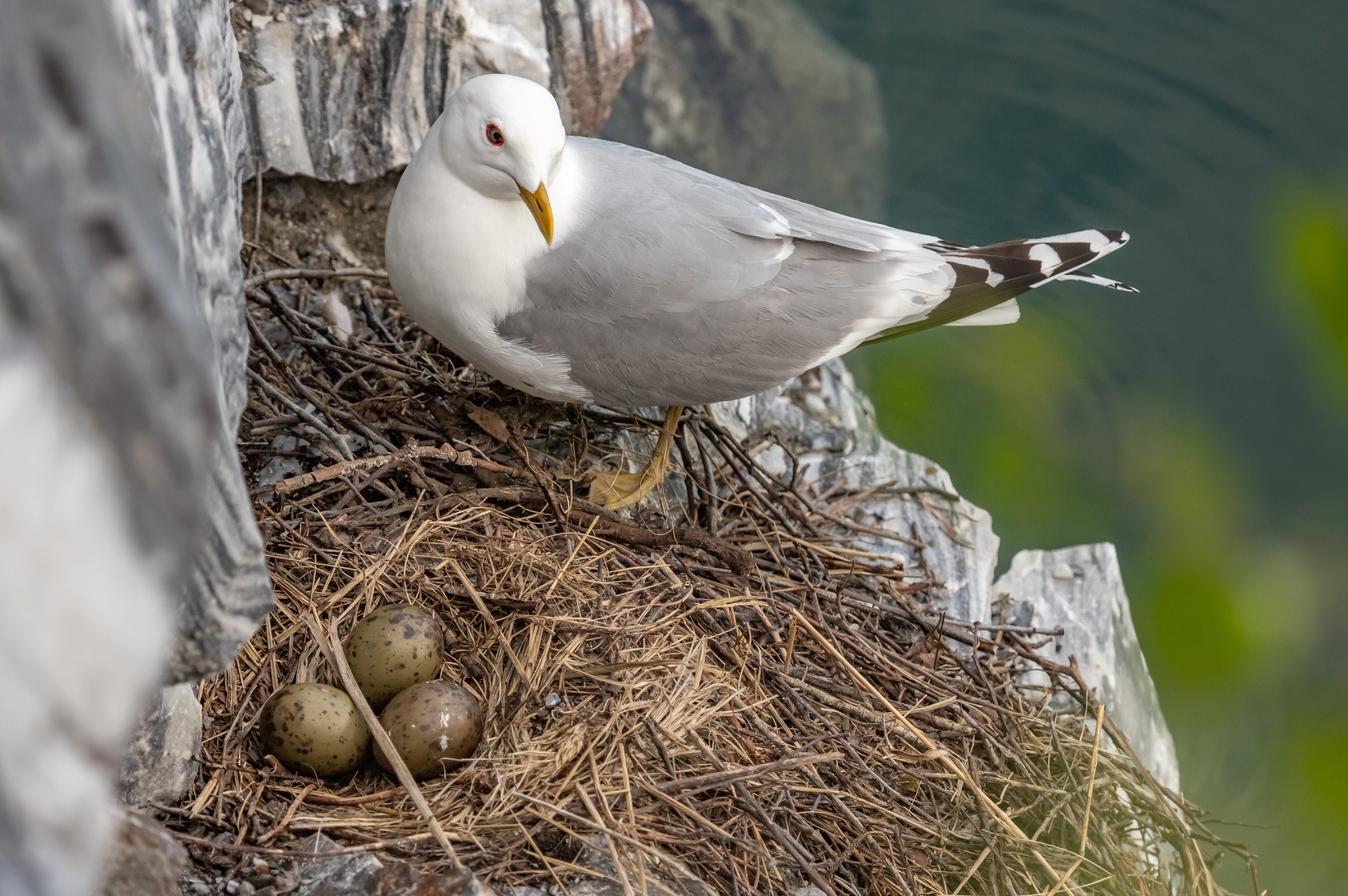
The conservation status of seagulls varies among species, with some populations considered of least concern, while others are threatened or endangered due to habitat loss, pollution, and other human-induced factors.
While Scuttle the seagull from "The Little Mermaid" is a fictional character with a humorous personality, real-life seagulls are a diverse group of birds with various species, behaviours, and adaptations that make them an integral part of coastal ecosystems and human coastal communities.
Flotsam & Jetsam
Flotsam and Jetsam are the henchmen of the main antagonist, Ursula the sea witch. They are a pair of moray eels with a sinister demeanour, and they assist Ursula in her evil plans, including trying to thwart Ariel's desires and assist in the theft of her voice.
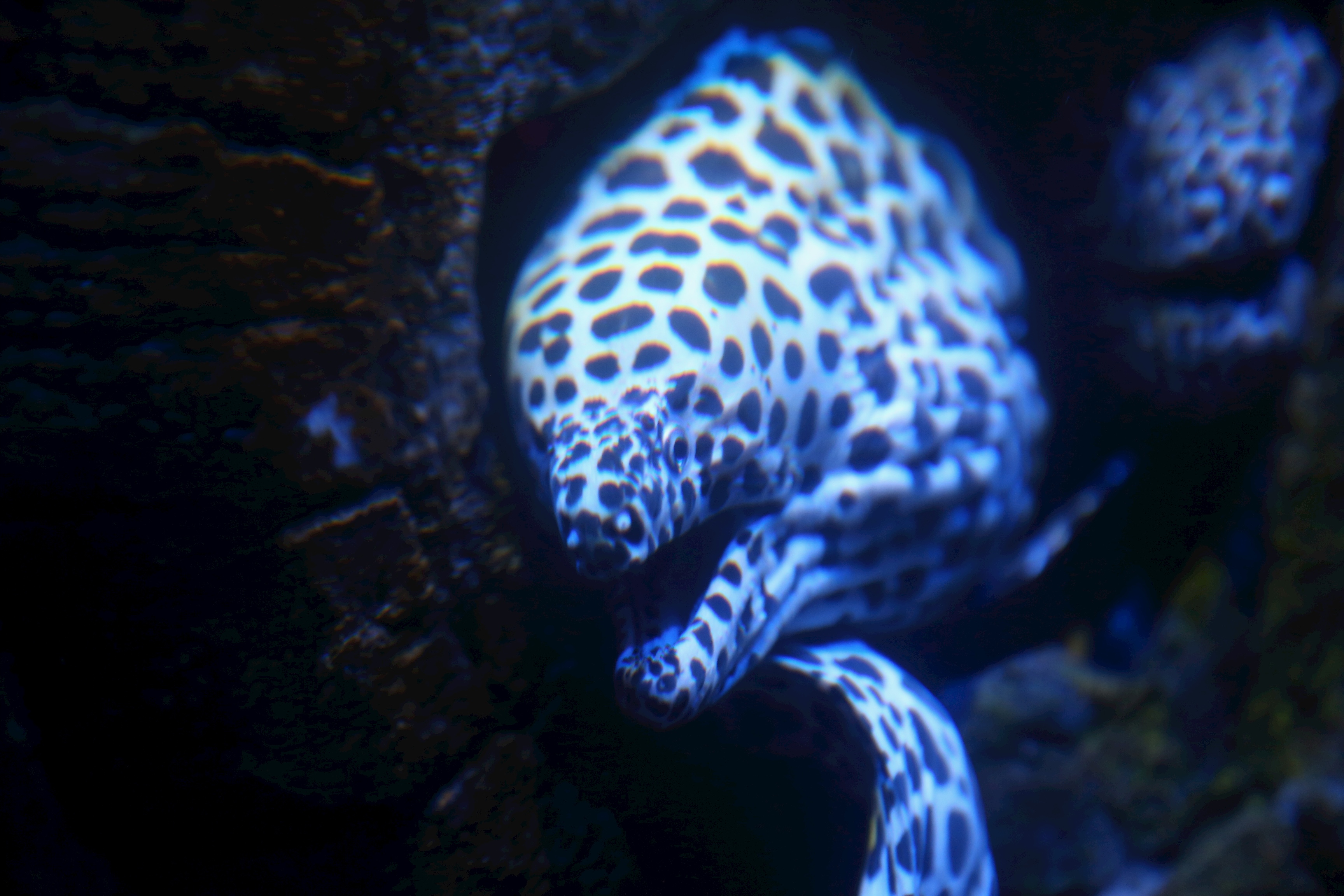
Moray eels are a diverse group of elongated, snake-like fish found in tropical and subtropical waters around the world. There are over 200 known species, each with its own distinct characteristics and habitat preferences. They are characterised by their long, slender bodies, which give them a serpentine appearance, and vary in size and colour, ranging from shades of brown and green to vibrant blues and yellows.
Moray eels are carnivorous and primarily feed on fish, cephalopods, and crustaceans, using their sharp teeth to hold onto prey, with a second set of jaws in their throat, allowing them to pull the prey into their mouths.
Perhaps their most interesting characteristic is their unique respiration system where they actively pump water over their gills by opening and closing their mouths, which helps them extract oxygen from the water.
Moray eels are typically solitary and territorial creatures, often residing in crevices, coral reefs, and rocky areas, using these hiding spots to ambush prey and avoid predators. They defend their chosen hiding spots and are known to be aggressive toward other moray eels encroaching on their territory.
While Flotsam and Jetsam may be portrayed as menacing eels in "The Little Mermaid," real moray eels are fascinating and important members of marine ecosystems. Their unique appearance and behaviour make them intriguing subjects for marine biologists and a significant part of the underwater world.
Ursula
Ursula, the formidable sea witch, is depicted as a humanoid character with tentacles, reminiscent of the enigmatic octopuses and squids, which are both cephalopods, a group of highly intelligent and adaptable marine animals; they are mesmerizing sea creatures with resemblances to Ursula's character.
Octopuses are also known as Devilfish, a term coined by fishermen in earlier times due to their appearance of eights long, flexible arms lined with suction cups which they use to carry out various tasks and catch prey. They have the ability to change colour and pattern to blend in with their surroundings or mimic bioluminescent displays. Some octopuses also have defensive behaviours, such as expelling a cloud of ink to confuse predators and make a quick escape.
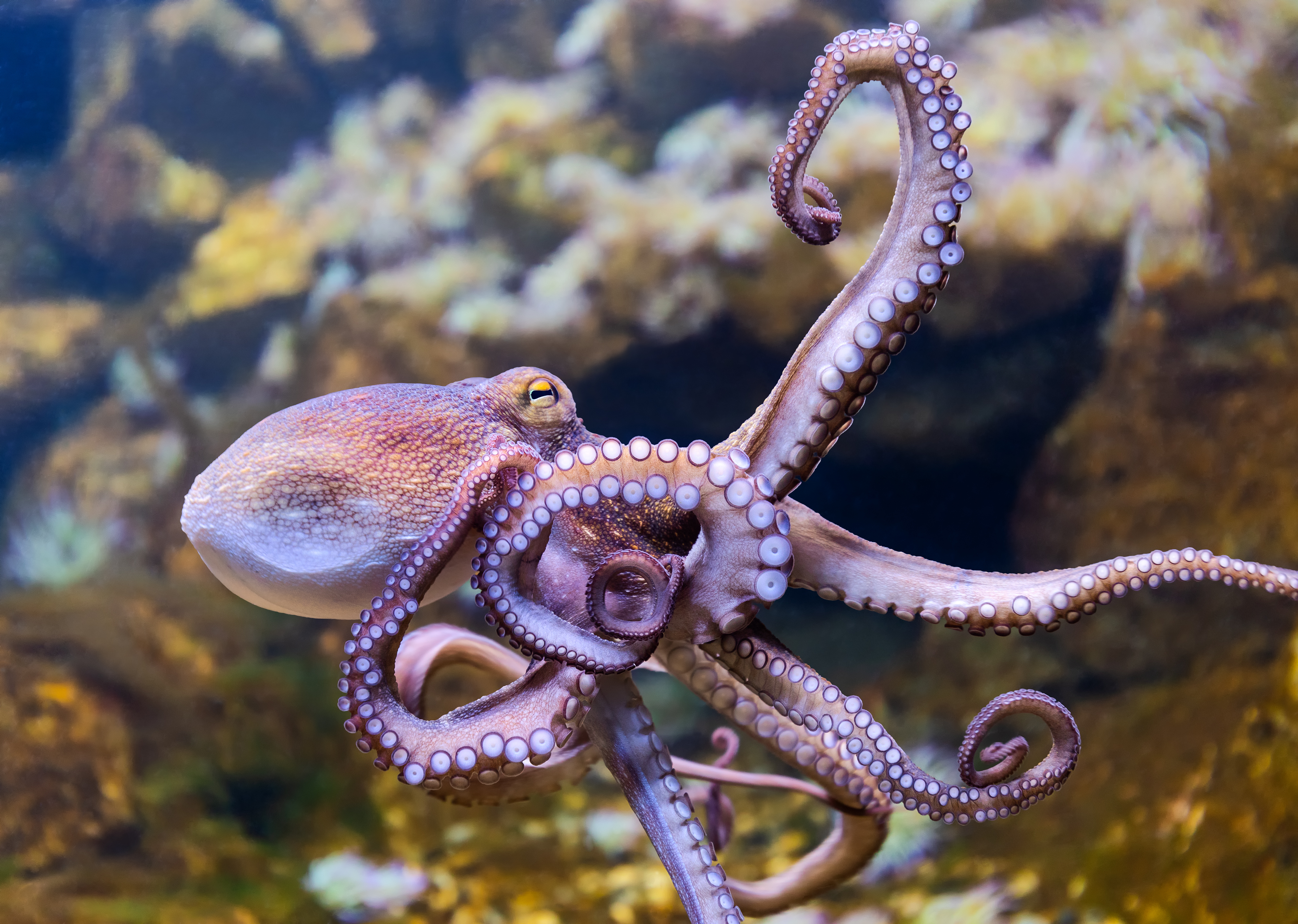
With a complex nervous system, Octopuses have problem-solving abilities and can even learn and remember tasks, making them highly intelligent creatures, with some researchers believing they have similar cognitive abilities as dogs.
Squids on the other hand have a torpedo-shaped body with a distinct head and mantle. They typically have two long tentacles and eight shorter arms, all equipped with suckers. These tentacles are used to capture and subdue prey and their hard, sharp beak is used to tear apart their food. They also possess a radula, a tongue-like organ with tiny, backward-facing teeth.
Some species of squids are bioluminescent and can produce their own light, which they use for various purposes, including communication, attracting mates, and distracting or confusing predators.
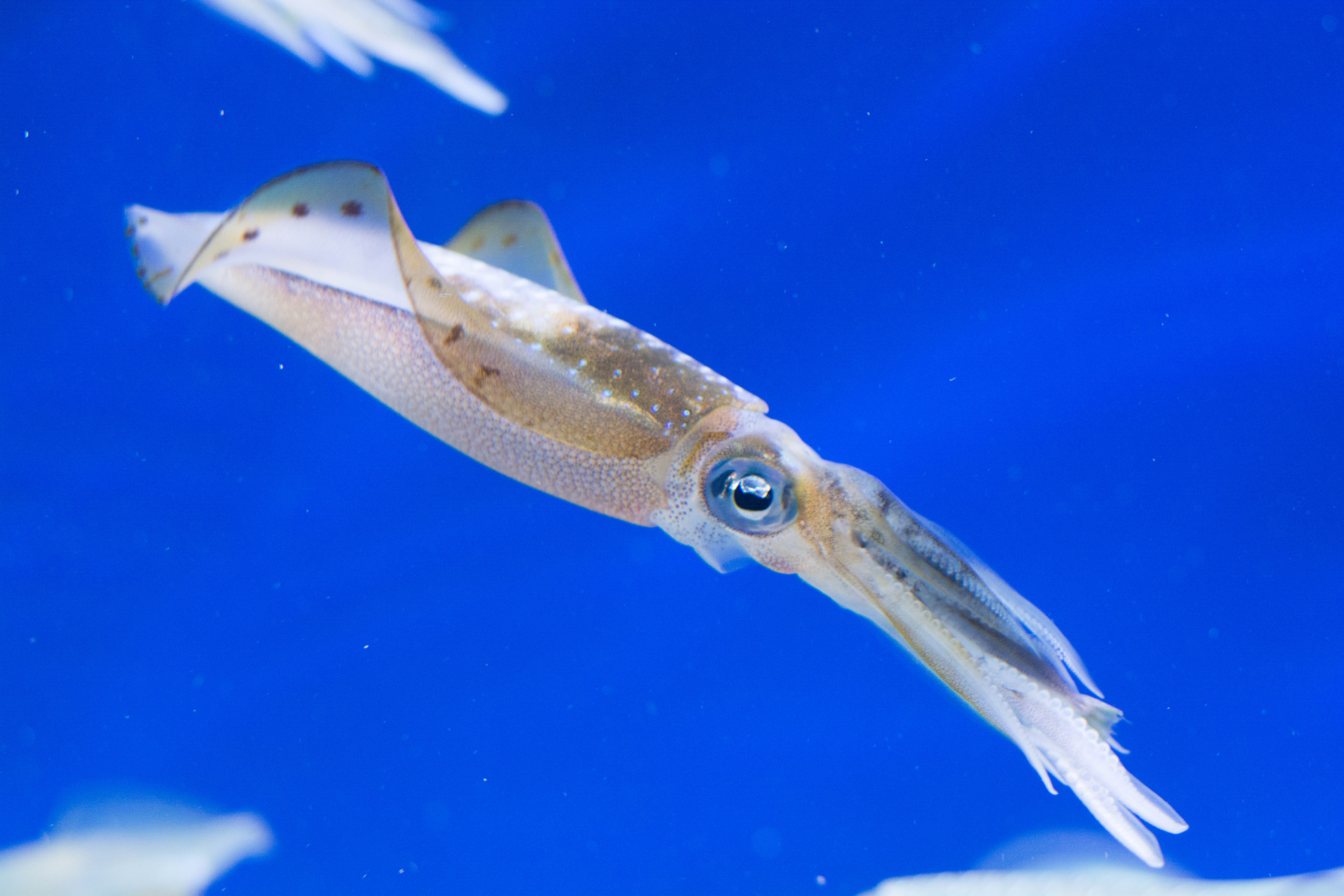
In summary, while Ursula from "The Little Mermaid" has characteristics resembling cephalopods like octopuses and squids, these real-life animals are remarkable, known for their intelligence, unique adaptations, and interactions with bioluminescent aspects of the marine environment.
Ariel
Mermaids are mythical and legendary creatures that have captivated human imagination for generations. Ariel from Disney's "The Little Mermaid" embodies many of the traits and allure associated with these mythical beings.
The concept of mermaids is found in the folklore and mythology of various cultures around the world, but there is no single origin for mermaid legends. Two notable examples include:
Ancient Assyria: The Assyrians had myths of a goddess named Atargatis, who, according to legend, unintentionally turned herself into a half-fish, half-human creature. This transformation was seen as the origin of the mermaid concept.
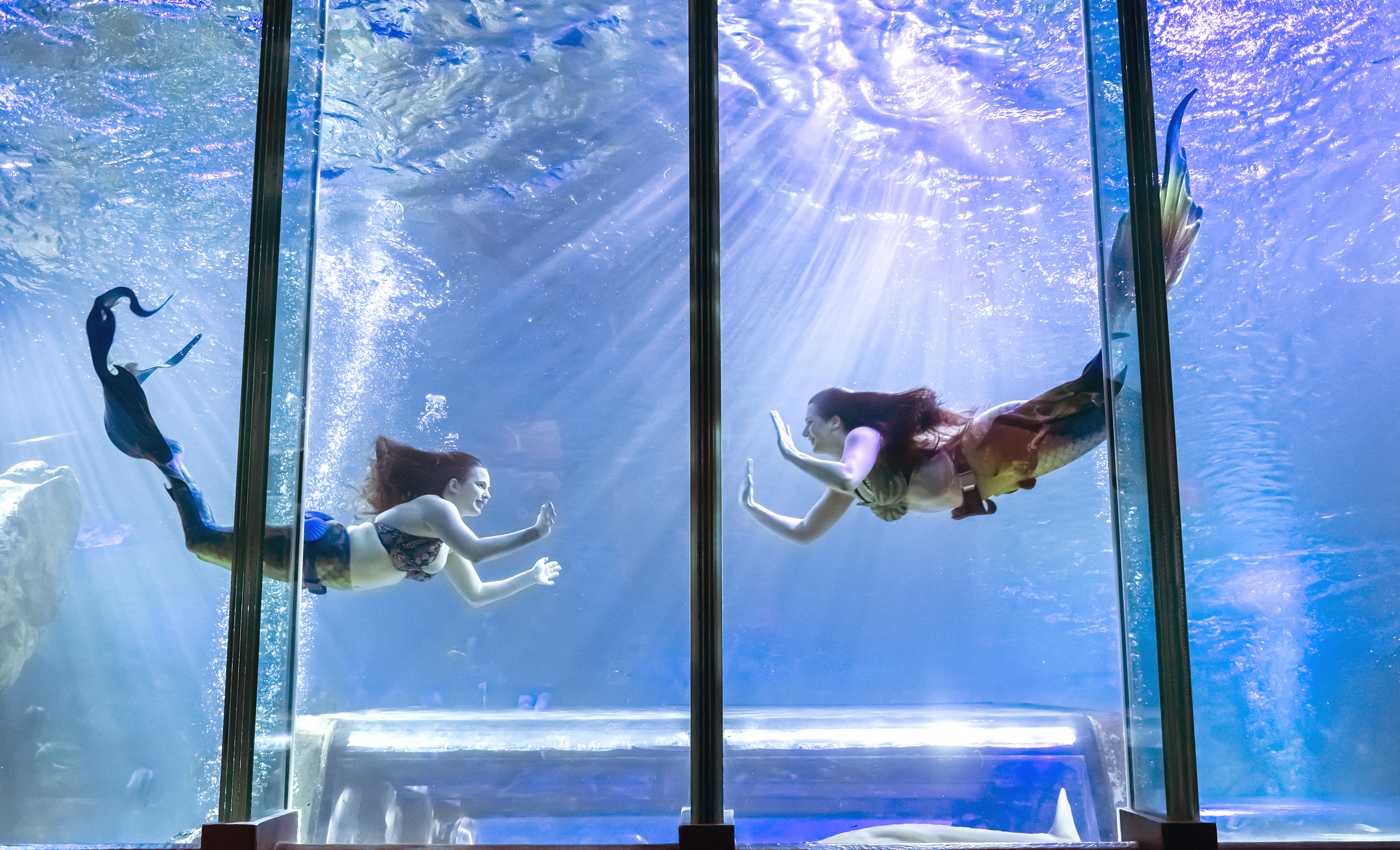
European Folklore: In European folklore, mermaids were often linked to water spirits, such as the Celtic selkies, who could transform from seals into beautiful women. Mermaids were believed to have the ability to control the seas, foretell the future, and enchant humans with their beauty.
In summary, Ariel encapsulates the timeless and mythical allure of mermaids through her beauty, enchantment, transformation, and her longing for the human world. She is a beloved character who brings to life the age-old fascination with these captivating and mysterious beings that have captured the human imagination for centuries.
Where can I see these creatures in real life?
"The Little Mermaid" characters are indeed inspired by the incredible diversity of marine life, and exploring the real counterparts of these characters can enhance your appreciation for the ocean's enchanting world. If you're interested in witnessing the magic of the ocean up close, you can visit SEA LIFE Blackpool, to get a glimpse at some of the remarkable marine creatures that inspire these characters.
SEA LIFE Blackpool not only provides a fun and educational experience for all ages but also contributes to conservation efforts to protect the world's oceans and the creatures that call them home. So, whether you're a fan of Sebastian's wisdom, Flounder's shyness, or Flotsam and Jetsam’s sneakiness, you'll have the opportunity to discover a world of wonder beneath the waves and gain a greater appreciation for the real-life marine counterparts of these beloved characters.